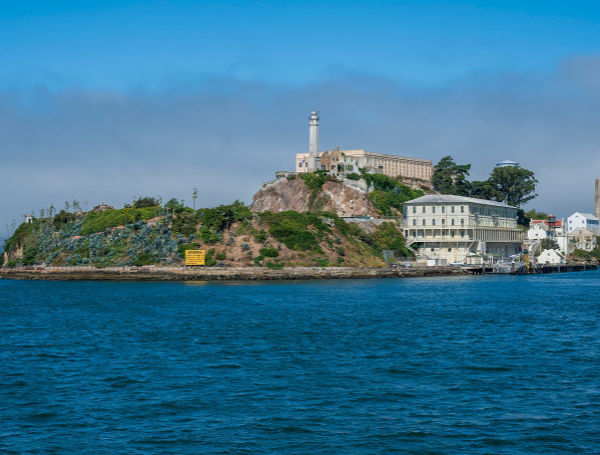President Trump’s recent announcement regarding the potential reopening of Alcatraz as a federal penitentiary has ignited a fierce debate, pitting proponents of stringent crime deterrence against those concerned with cost and symbolism.
The announcement came, as they often do, on President Trump’s Truth Social: “I am directing the Bureau of Prisons, together with the Department of Justice, FBI, and Homeland Security, to reopen a substantially enlarged and rebuilt ALCATRAZ, to house America’s most ruthless and violent Offenders.”
The proposal, which envisions a modernized Alcatraz under the Bureau of Prisons, has drawn immediate criticism from the left, while some analysts suggest it could be a strategic move.
READ :Trump Orders Reopening And Expansion Of Alcatraz: “Misery And Suffering”
Alcatraz’s history as a formidable prison, housing notorious figures like Al Capone and Robert Stroud, lends credence to its reputation as a symbol of unyielding incarceration.
The island’s isolation and stringent security measures, including a high guard-to-inmate ratio, contributed to its perceived impenetrability. While the high operational costs ultimately led to its closure in 1963, its legacy as a deterrent remains potent.
Proponents of reopening Alcatraz argue that its iconic status and reputation for harsh conditions would serve as a powerful deterrent to crime, surpassing the impact of even maximum-security facilities like SUPERMAX Florence. They contend that the psychological impact of Alcatraz, amplified by its portrayal in popular culture, could resonate more deeply with potential offenders.
Furthermore, the proposal’s supporters suggest that reopening Alcatraz could address the perceived leniency of current criminal justice policies. They argue that the island’s isolation and strict regime would send a clear message that serious crimes will be met with severe consequences.
READ: Mexican Navy Ship Strikes Brooklyn Bridge; 2 Crew Members Dead
However, critics of the plan raise concerns about the substantial costs associated with maintaining an island prison. They point to the logistical challenges of transporting supplies and personnel, as well as the ongoing deterioration of the existing structures.
Social media “influencer” Brian Krassenstein, toured the facility and called it “the dumbest proposal” he’s heard, citing structural decay, earthquake retrofitting, and costly logistics.
“Everything, water, food, fuel, must be barged in, and raw sewage barged out,” Krassenstein wrote, estimating annual costs coming in $70 million–$75 million, roughly three times of a comparable mainland prison.
Others call the president’s plan non-serious.
“It is now a very popular national park and major tourist attraction,” Rep. Nancy Pelosi, (D-CA), the former House speaker, whose district includes the island, said on X. “The President’s proposal is not a serious one.”
Additionally, some argue that reopening Alcatraz would represent a step backward in criminal justice reform, advocating for rehabilitation and alternative sentencing options instead.
Ultimately, the decision to reopen Alcatraz hinges on a complex interplay of factors, including cost-effectiveness, deterrence potential, and political considerations. As the debate continues, the island’s future remains uncertain, poised between its historical legacy and the evolving landscape of criminal justice.
Please make a small donation to the Tampa Free Press to help sustain independent journalism. Your contribution enables us to continue delivering high-quality, local, and national news coverage.
Connect with us: Follow the Tampa Free Press on Facebook and Twitter for breaking news and updates.
Sign up: Subscribe to our free newsletter for a curated selection of top stories delivered straight to your inbox.
